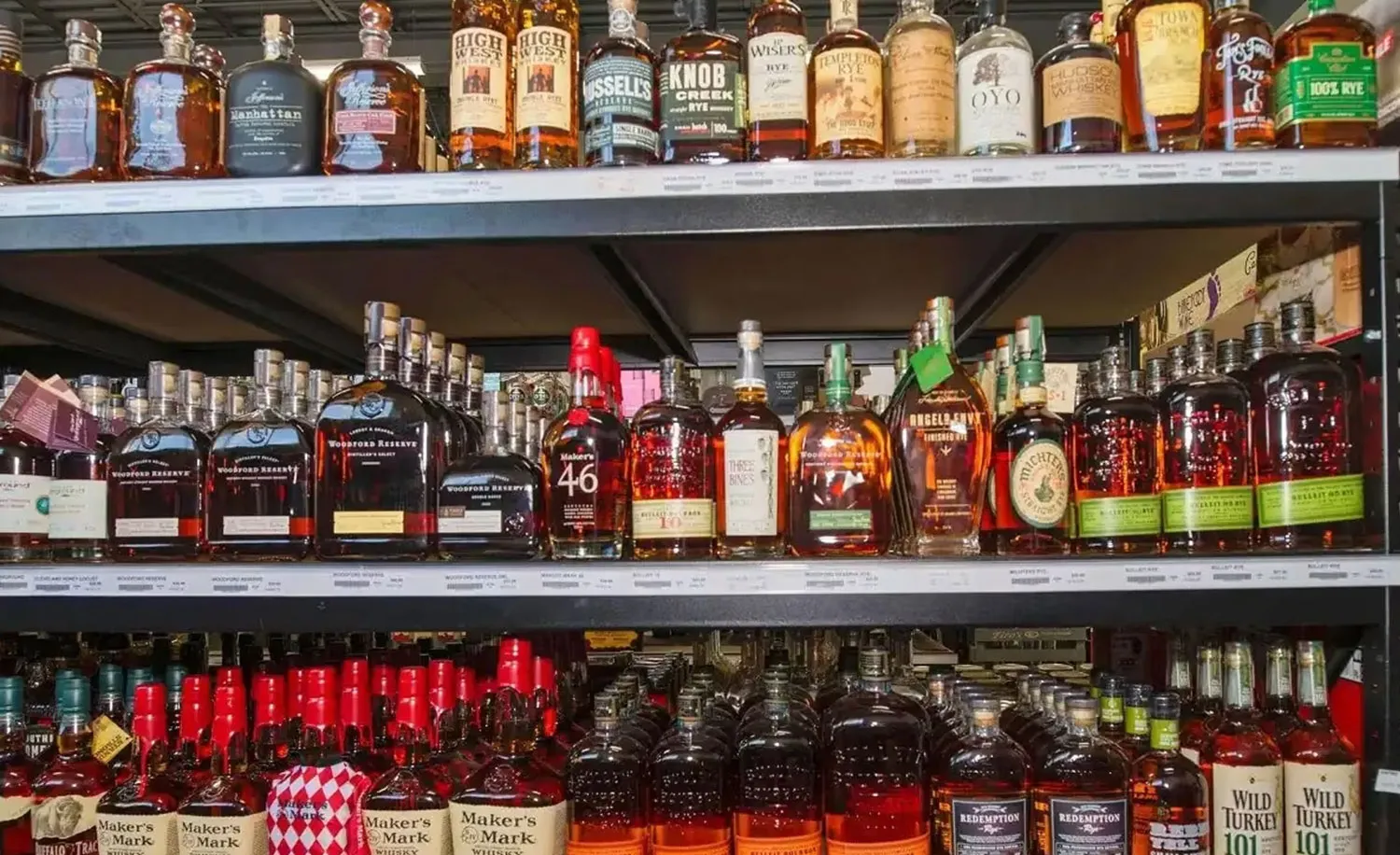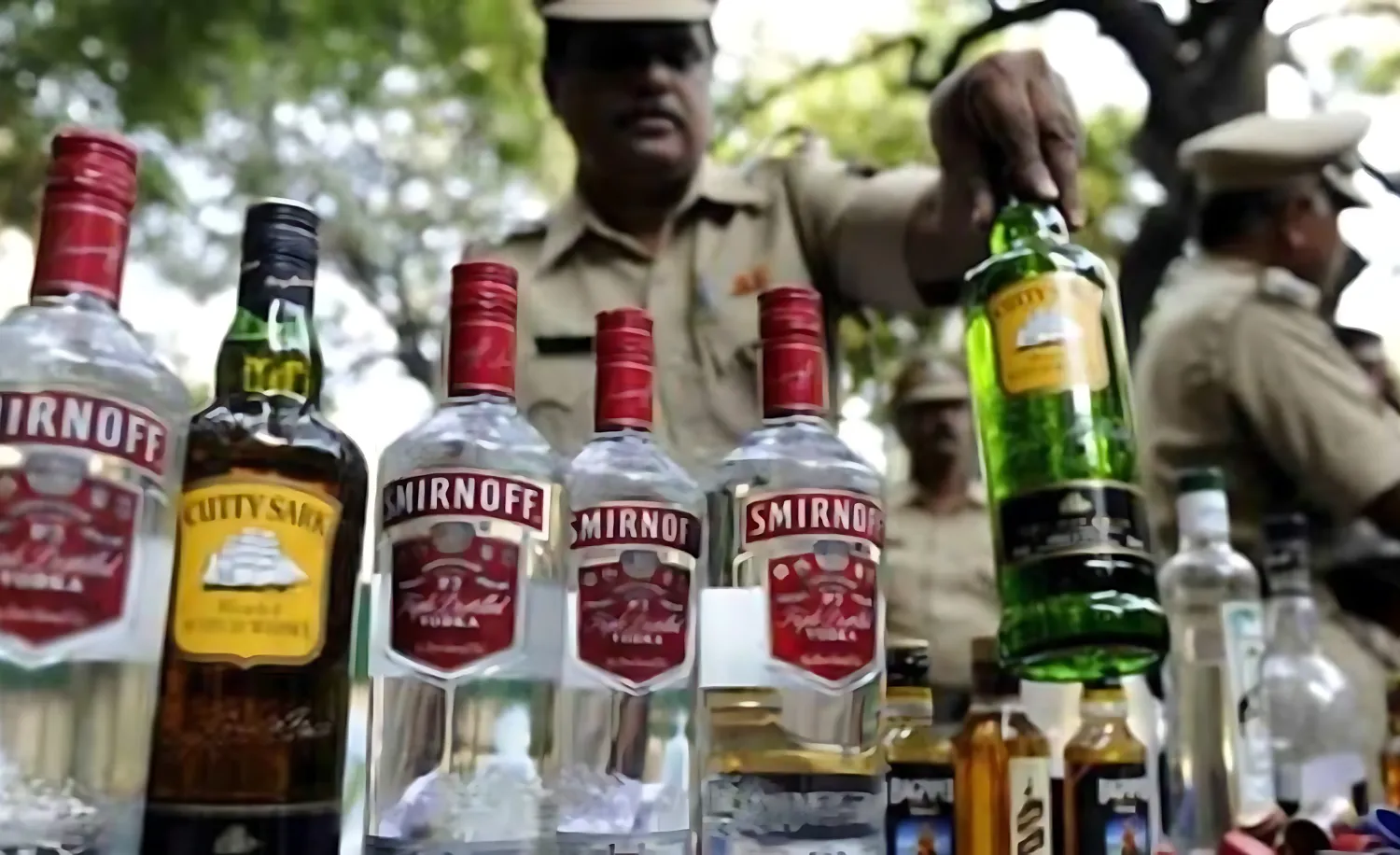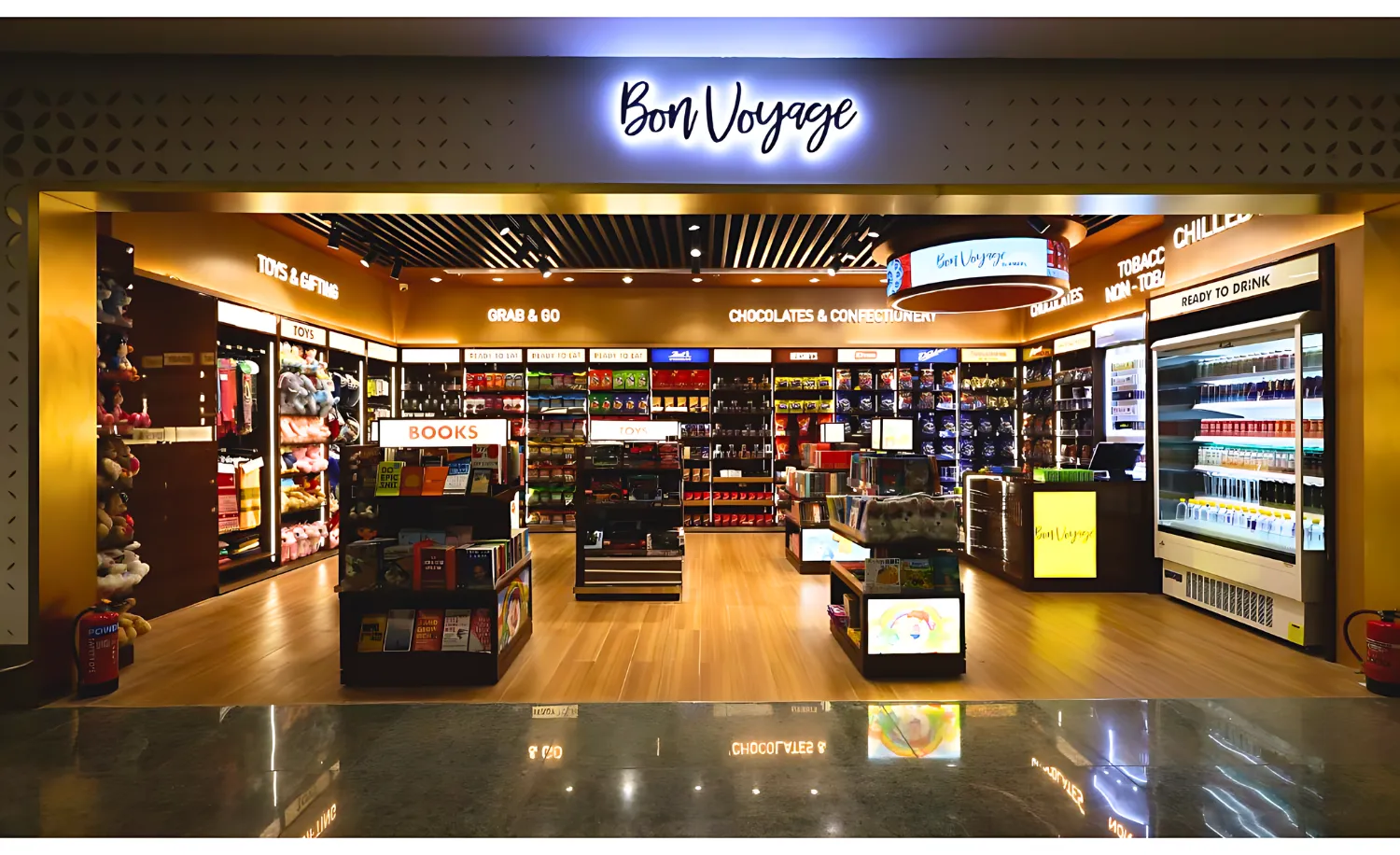I am committed to the ‘One Team, One Dream’ philosophy
While leadership comes naturally to him, people in the know say innovation is his middle name.Vivek Chandramohan, CEO, Grover Zampa Vineyards Ltd is a name that resonates with positivity in the alcobev sector. With a proven track record in developing global and domestic brands, he has excelled in launching new brands with aplomb. In this in-depth interview with Bishan Kumar, he shares his ‘spirited’ responses on a host of issues. He animatedly reveals his thoughts on the great prospects of wine, his roadmap to the future and the way he sees GZVL five years down the line. He says he is forever committed to fostering the spirit of the ‘One Team, One Dream’ tagline.
You joined GZVL in 2012. How do you view your journey so far?
Having worked with top global leaders in spirits and beer for well over a decade allowed me to garner in-depth knowledge and expertise to be able to transition into the lead for GZVL. Wine was a ‘new world’ altogether. I had much to understand about the world of wines which I find most intriguing. I also see this as a never-ending journey into new learning. I see it as a welcome change.My journey with GZVL has been quite similar to the wine Industry –host of challenges,but opportunities remain aplenty and for the picking. In GZVL, CEO’s role is of a hands-on captain. What is your mantra for motivating the team for excellence in performance? The team has held fort through difficult times. With large investments coming in soon, plans are being drawn for development and thrust on many fronts. Engaging the team in this planning process has brought in a deep
sense of ownership and responsibility. Integrating the various departments to work as one under the ‘One Team, One Dream’ tagline was one of the primary tasks that we set out to achieve for ourselves. We want to establish GZVL as a company that works and wins as a team. We are confident that with small but sure steps, we will get there eventually.We have also rolled out various rewards & recognition programs which recognize individual and team efforts, big or small alike which are merit based.

What are the main challenges before you as a new CEO, especially at a time when industry as a whole is not performing well and is fighting to keep its margins safe in the light of unfriendly excise policies? Give us your roadmap?
Excise policies are a state function and it may be futile for us to fight against them. Having said that, we may need a cohesive representation being made by a united front to be able to appeal to Individual state governments to allow for some relaxation or to index us as a different category which could warrant minimal taxation. Moreover, while some policies like the highway ban impacted wine the most, a call for the need to evaluate impact before being blindly implemented would have helped. A call for responsible consumption would have been more appropriate. Alcohol policies across the world are watched over carefully by governments and are often subject to changes as and when governments want to pass on a social message or for financial considerations. I have been privy to many such changes over the years and the only way is to adapt and continue to be relevant. There are many opportunities that still remain untapped.“The Trinity” – Karnataka, Maharashtra and Delhi that contribute to 70% of the Industry still have ‘not so detrimental’ wine policies. With dynamic changes in socio-economic demographics, these three markets still present us with the opportunity of significantly increasing through-puts within them. Also, many emerging tier 2 and tier 3 markets have shown strong growth trends consistently over the years and we plan to continue building on them.
There has been an impressive line of CEOs of GZVL before you and they contributed significantly to the growth of the company. Now that the company is in your hands, have you set any targets for yourself?
While I plan to build on that legacy, I come from a deep rooted belief that ‘it’s not how many things that are done but how well each is done that actually matters’. Having worked with GZVL since 2012 in a senior management role allowed for me to work very closely with key stakeholders who are legends in the India alcobev arena. Also, constant dialogue with some of the new stakeholders who have in-depth global exposure to wine, allowed for me to garner a deeper understanding of the various facets of this business as also the priority in which each of the prevalent issues needed to be addressed. The biggest and common challenge for any small company would be to rise above the ever-increasing costs barrier which bears down heavily on the P&L’s and this being even
more specific with wine as wine remains a capital-intensive business. Careful planning & execution at every level has resulted in usbeing able to record double the numbers over last year for the quarter ended June this fiscal. These results have encouraged our Stake Holders who quite logically have begun finally to see light at the end of the long dark tunnel. My endeavor will remain to steer the organization to be process and insight driven as also further build on the legacy of producing internationally recognized high-quality premium artisan wines which have already won 111 awards across the globe since 2013.
GZVL has reportedly been facing resource crunch, affecting its marketing spend and activations. How is the situation now and what are your plans for brand activations?
With funds being made available, we are drawing out long-term plans for sustained investments to be made on key fronts which include marketing. While my short-term focus will be towards fortifying our revenue-streams, the mid to long-term goal is to be driven by insightful marketing. We have begun to invest in research on consumer insights, the results of which should be out shortly. We intend to build on such insights so as to be able to optimize our spend on meaningful marketing that are centric to wine consumers and wine market development.
How has the Indian wine scene changed over the past five years?
 Many players have come and gone over the years. Every newcomer is more over-zealous than the previous one, and this has only added to the woes of the existing players. Some of the more serious players are acutely aware of the fact that increased discounts have become a norm with the entry of every new player. This has forced many of the serious players to work with smaller margins. We must not forget that over the years, with wine being a miniscule category as compared to the spirits and beer, the CAGR on wine has been in the vicinity of 15%, far greater than any other category by nearly double the rate of growth. The slowdown occurred only last year due to the highway ban notification. The industry so far in this fiscal seems to have bounced back and may look to continue on its original growth rate story. With urbanization and higher exposure to the western cultures and more and more Indians traveling abroad for work and leisure, India is showing a higher acceptance of social consumption of wine. Wine is the only category which reflects equal or near equal consumption rates in both males and females. With changing socio-economic structures, there seems a propensity for consumption of higher quality & more expensive wines. A price-point of Rs.1,950/- per bottle of Indian made wine launched by us was unheard of 5 years ago – Chene, is the first red wine to win Decanter Bronze in London. Today, we have Indian made wines at a price-point of Rs.6,000/- a bottle – Insignia was launched last year. These Ultra-Premium and Super Premium categories remain star growth categories and are recording 2-3-digit growth rates though over a very small base.
Many players have come and gone over the years. Every newcomer is more over-zealous than the previous one, and this has only added to the woes of the existing players. Some of the more serious players are acutely aware of the fact that increased discounts have become a norm with the entry of every new player. This has forced many of the serious players to work with smaller margins. We must not forget that over the years, with wine being a miniscule category as compared to the spirits and beer, the CAGR on wine has been in the vicinity of 15%, far greater than any other category by nearly double the rate of growth. The slowdown occurred only last year due to the highway ban notification. The industry so far in this fiscal seems to have bounced back and may look to continue on its original growth rate story. With urbanization and higher exposure to the western cultures and more and more Indians traveling abroad for work and leisure, India is showing a higher acceptance of social consumption of wine. Wine is the only category which reflects equal or near equal consumption rates in both males and females. With changing socio-economic structures, there seems a propensity for consumption of higher quality & more expensive wines. A price-point of Rs.1,950/- per bottle of Indian made wine launched by us was unheard of 5 years ago – Chene, is the first red wine to win Decanter Bronze in London. Today, we have Indian made wines at a price-point of Rs.6,000/- a bottle – Insignia was launched last year. These Ultra-Premium and Super Premium categories remain star growth categories and are recording 2-3-digit growth rates though over a very small base.
As wine consumers’ base is not growing significantly, it is important to attract new customers to the wine category. Do you have any plans for it?
I am not so sure I want to agree with the perception that the wine consumer base is not growing. I feel that the growth is coming in different forms and it may not be completely fair to judge basis a dip in growth rates in one specific year. I feel a10year-20year CAGR calculation would bring a more meaningful conclusion to this. Let’s look at some key statistics that make for a bright
forecast over the horizon:
- India’s population grown may be slowing down from 24.7% in 1981 census to 17.1% in the 2011 census. But India still remains the second most populous country in the world.
- 65% of India population remains under 35 years. This young audience is more conducive or open to social consumption of alcohol.
- Urban distribution is up from 31% in 2001 census to 40% in 2011 census. Increased urbanization allows for more acceptability of social consumption of wine.
- Wine is perceived as a healthier option to all other forms of Alcohol
- Wine seems to be most aspirational drink and this is reflective of its appearances in popular cultures such as Bollywood.
Wine tourism is catching up in India. What’s GZVL’s plan to capitalize on it?
Plans for sustained investment on this front have been sanctioned. Work will begin soon in both the current wineries.
What’s happening on the proposed upgrading of infrastructure at Nashik and Bengaluru wineries to facilitate visiting tourists?
As we speak, we have begun with procurement of land for our new winery and vineyards in Bengaluru. We plan to be fully functional and operational in the next 2-3 years. Massive Investments are planned for complete automation and innovative wine-making technologies with massive capacities to address the strong growth planned for the future years.

Are you planning to introduce any new labels in the coming months?
With the prospect of new facilities opening soon, innovation and novelty will move fore-stage. Likewise, so will our capacities on existing varietals expand dramatically. Unlike many countries, India does not have any indigenous grape which means we are heavily dependent on importing root stock clones from more established terroirs. This poses altogether another problem of soil and climatic compatibility. Wine is still relatively young in India and it may take a while before evolution takes a firm grip and the vines become more resistant and adapt to the Indian Terroir.
Where do you see GZVL in the next 5 years?
We aspire to be the No.1 premium wine producer and exporter in the next 5 years.








